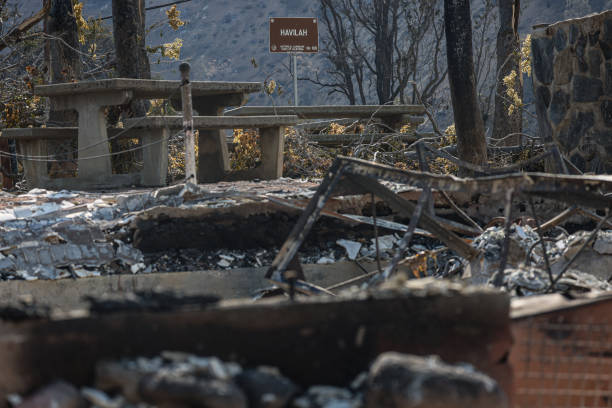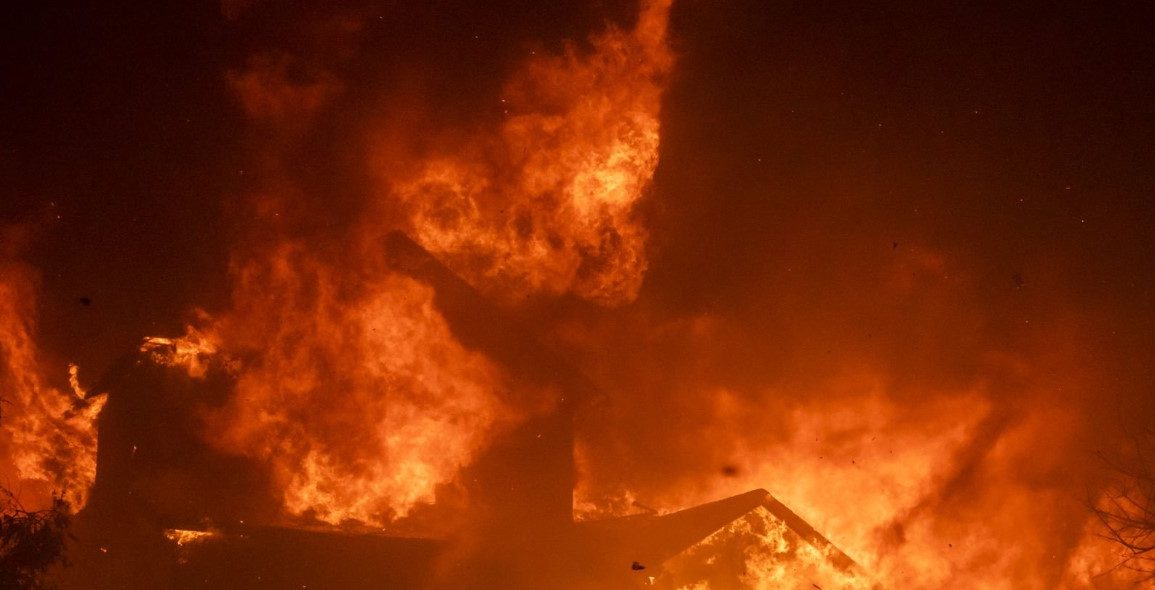As of Tuesday morning, the Park fire in Northern California has become the largest wildfire in the U.S., consuming over 380,000 acres—an expanse greater than the city of Los Angeles and three times the size of Lake Tahoe.
This massive blaze, which is now the fifth-largest in California’s recorded history, continues to threaten communities and natural landscapes.
More than 5,500 firefighters are engaged in an arduous battle against the inferno, which has already destroyed over 190 structures and jeopardized an additional 4,200 properties.
The fire has seen some containment progress, reaching 14% by Tuesday morning thanks to cooler temperatures and increased humidity. However, challenging conditions persist, including steep terrain and inaccessible areas that hinder firefighting efforts.

The rugged terrain and dense vegetation pose ongoing threats, particularly as the fire threatens to spread into neighboring counties.
In Southern California, the Borel fire has wreaked havoc, particularly in the historic mining town of Havilah. This fire has charred through more than 57,000 acres and is 17% contained. The blaze has led to the evacuation of about 2,000 people and has severely damaged numerous properties and natural areas within the Sequoia National Forest.
Elsewhere in the western U.S., the wildfire crisis continues to escalate. The Alexander Mountain fire in Colorado has rapidly expanded to over 1,800 acres, prompting mandatory evacuations.
Meanwhile, in Oregon, the 2024 wildfire season has burned more than 1.2 million acres, surpassing the size of Rhode Island.
The Durkee fire in Baker County, Oregon’s largest wildfire, has charred nearly 300,000 acres and remains over 50% contained. Despite recent rainfall, the fires continue to burn with intense heat and difficulty in containment.
The sheer scale and severity of these fires highlight the ongoing challenges faced by firefighters and communities across the western U.S.

